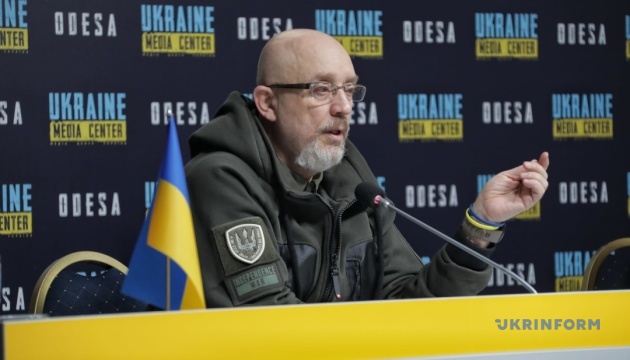“This is going to be very, very difficult,” Poland's Prime Minister Mateusz Morawiecki said in an interview. “The big potential and brutal force of the Russians cannot be underestimated.”Despite the training and the influx of North Atlantic Treaty Organization equipment, Ukraine won’t be able to launch a NATO-style assault because neither side controls Ukraine’s skies, according to WSJ. Considering that Ukraine has a limited number of Soviet-era fighter jets and attack helicopters, it is unlikely that Ukraine will risk them in a frontal attack on awaiting Russian forces, according to John Nagl, a retired US Army Lieutenant Colonel, an associate professor of warfighting studies at the US Army War College. Instead, Ukraine may launch a big attack, or multiple smaller attacks, using ground-based precision long-range weaponry, according to WSJ. Most of such weapons were donated to Ukraine by Western allies. American-made M142 HIMARS or M270 mobile rocket launchers and 155-mm howitzers, which can fire satellite-guided explosive projectiles over distances up to 80 kilometers, will likely be used by Ukrainian forces to hit Russian logistics bases, command centers and supply lines deep inside Russian-controlled areas.
The goal of such strikes will be to isolate Russian units on the battlefield and undermine their ability to put up organized resistance. After that, Ukrainian ground forces are likely to advance in large numbers with the support of Western and Soviet-era tanks, followed by armored fighting vehicles, according to WSJ.
Making some tangible progress before other weaponry like the American-made Abrams tanks arrive would be extremely important for maintaining Western support, according to John Spencer, chair of urban warfare studies with the Madison Policy Forum, a think tank in New York, USA.
“A Ukrainian spring offensive with Leopards and Bradleys in the lead will do more for them in the alliances than any actual ground they take back,” John Spencer told WSJ. “Ukraine has to have movement and has to have wins.”
Mykola Bielieskov, the research fellow at the Kyiv-based National Institute for Strategic Studies, a Ukrainian government-backed think tank, claimed that the battle of Bakhmut had significantly depleted the Russian forces, potentially giving Ukraine a chance for a successful counterattack.
Trending Now
“Now, a unique window of opportunity might be opened to do an offensive, with Russia weakened given its unsuccessful offensive and before another possible round of Russian mobilization,”Mykola Bielieskov said.
The direction of the upcoming Ukrainian counteroffensive remains unknown. Russia has spent months building up defensive fortifications in the Zaporizhzhia Oblast in southeastern Ukraine. Therefore, Russian command invested resources to prevent Ukrainian forces from attempting to sever the so-called land bridge from Russia to occupied Crimea via Donetsk, Zaporizhzhia, and Kherson oblasts, which some analysts said could lead the Ukrainians to instead try another approach, according to WSJ.
Related:
- Ukrainian armored fist gets ready for counteroffensive, Ukraine's Defense Minister says
- Germany has already delivered Leopard tanks to Ukraine - Spiegel
- France considers handing 40 fighter jets to Ukraine
- Ukraine to liberate Crimea by end of August 2023 - Ben Hodges




